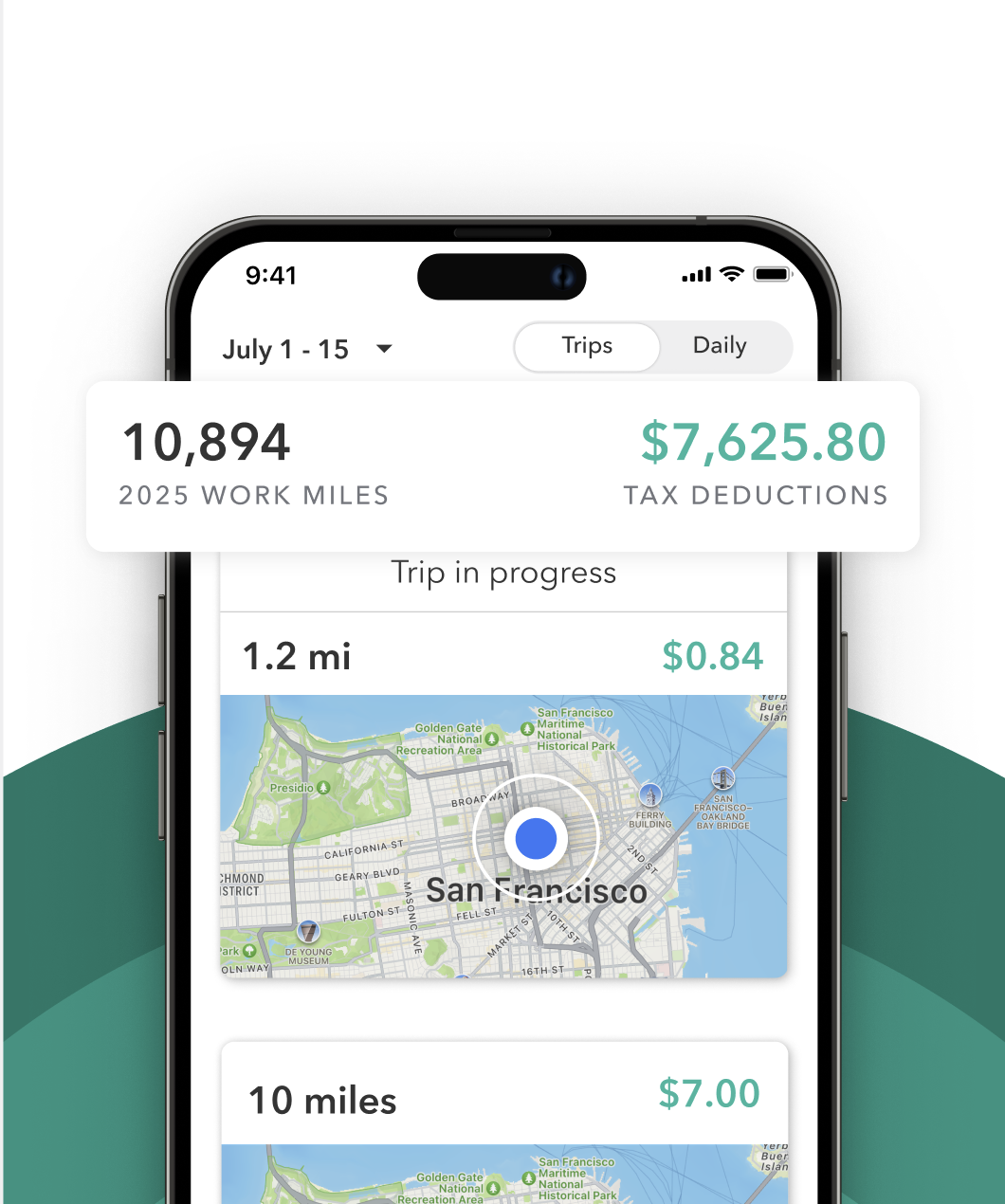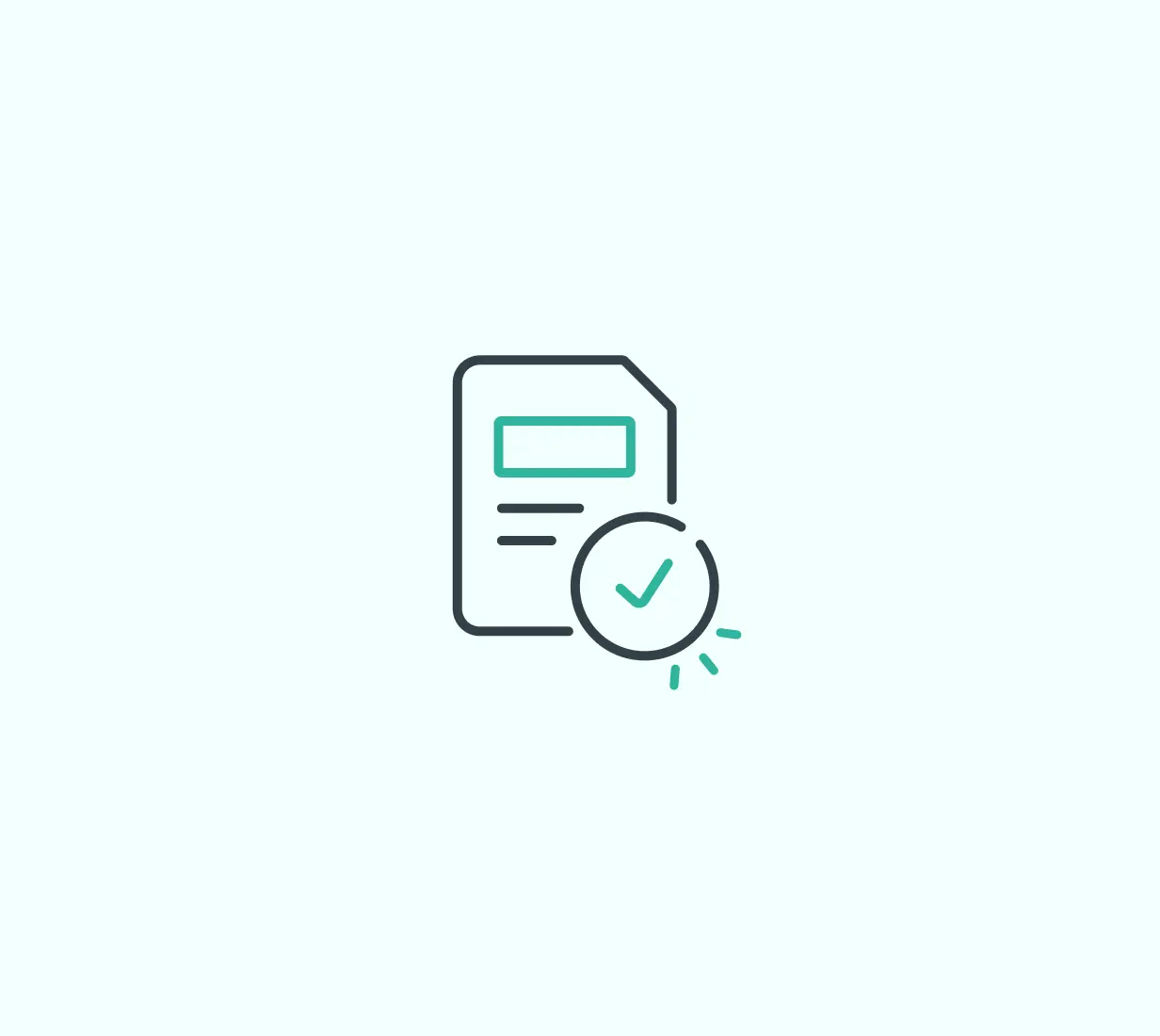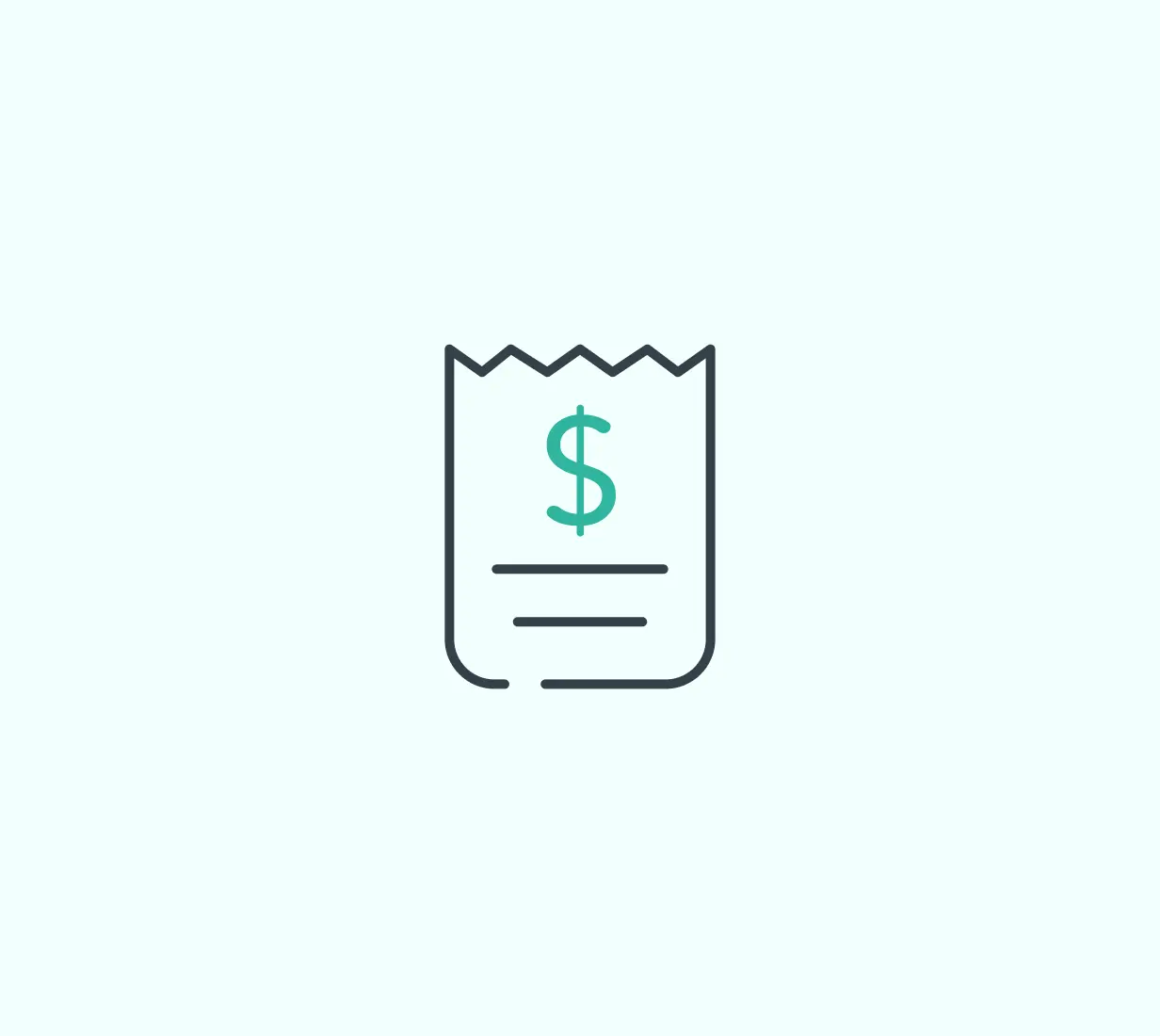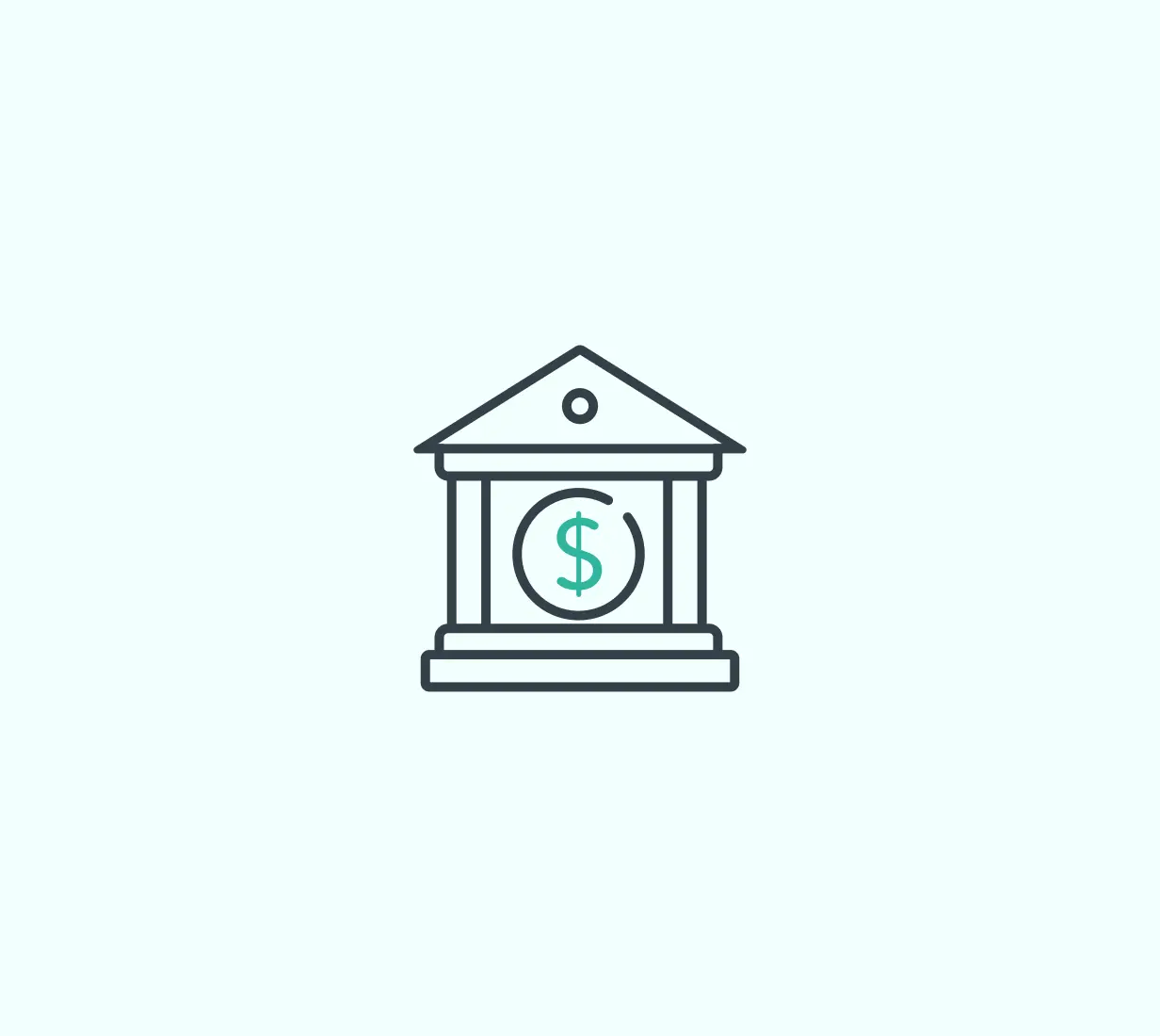Working as a DoorDash driver gives you flexibility and control over your schedule, but it also comes with some financial responsibility. Since Dashers are classified as independent contractors, you are responsible for tracking your income, filing your own taxes, and keeping up with deductible expenses.
Whether you dash full-time or just deliver on weekends, this guide explains how taxes work, which deductions you can claim, and how to make the process easier.
Are DoorDash drivers self-employed?
Yes. DoorDash drivers are considered self-employed and receive income as independent contractors. This means taxes are not automatically withheld from your payouts.
As a self-employed worker, you are responsible for two main types of taxes:
- Income tax, which is based on your net earnings after deductions
- Self-employment tax, which covers Social Security and Medicare and is currently 15.3%
You may also owe state or local taxes depending on where you live.
How to File Taxes as a DoorDash Driver
You’ll file your self-employment income using Schedule C (for business income and expenses) and Schedule SE (for self-employment tax). These are attached to your personal Form 1040.
You can file on your own using tax software or with the help of a professional. Everlance also offers integrated tax filing for self-employed workers.
What tax forms do you get from DoorDash?
If you earn at least $600 in a calendar year, DoorDash will issue a 1099 form. This form reports your total earnings and should be included when you file your taxes.
Do I have to file taxes if I made less than $600?
Yes. Even if you did not receive a 1099, you are still required to report your earnings. The $600 threshold determines whether DoorDash needs to send you a tax form. It does not determine whether you owe taxes.
If you drove for DoorDash at all and earned income, the IRS expects that income to be included in your tax return.
What is DoorDash’s NAICS principal business code?
When you file taxes as a DoorDash driver, you’ll be asked to provide your principal business code on Schedule C. This code helps the IRS understand the type of work you do. For delivery drivers, the correct category is NAICS Code: 492000: Couriers and Messengers.
This code covers businesses and independent contractors who deliver packages, documents, or food locally. Since DoorDash drivers use their own vehicles to deliver meals and groceries to customers, this is the best fit for Dashers.
You might see other codes like 722513 (Limited-Service Restaurants) or 485999 (Other Transit and Ground Passenger Transportation), but those typically apply to restaurants or passenger driving, not food delivery platforms.
What expenses can DoorDash drivers deduct?
As a self-employed driver, you are allowed to deduct ordinary and necessary business expenses. These deductions reduce your taxable income and can significantly lower your overall tax bill.
Here are some common deductions for Dashers:
- Mileage. The most common deduction. The IRS Mileage Rate determines every year how much your mileage will be worth, allowing you to deduct all of your vehicle expenses in a single rate.
- Phone bill. You can deduct the portion of your phone and data plan used for work.
- Tolls and parking. These can be deducted if they are not reimbursed.
- Delivery supplies. Items like hot bags, phone mounts, and other tools used for your deliveries.
- Car expenses. If you choose not to use the standard mileage deduction, you can deduct a portion of gas, maintenance, depreciation, insurance, and more through the actual expenses method.
Most Dashers choose the standard mileage method because it is simpler and often results in a larger deduction. Just make sure to track your miles accurately.
Do I need to make quarterly estimated tax payments?
If you expect to owe $1,000 or more in taxes for the year, the IRS requires you to make estimated tax payments. These payments are due four times a year and help you stay current so you are not hit with a large bill at tax time.
A good rule of thumb is to set aside 25 to 30 percent of your earnings. You can use a tax calculator or consult a tax professional to help estimate what you owe.
What Happens If I Don’t Report My DoorDash Income?
If you fail to report income and the IRS receives a copy of your 1099, you could face penalties, interest, or an audit. Even if you don’t receive a 1099, the IRS expects you to report all earnings from gig work.
Avoid problems by keeping clean records and reporting everything accurately.
What if I Drive for Multiple Apps?
If you work for DoorDash and other platforms like UberEats or Instacart, you’re still considered one self-employed business.
You’ll combine income from all platforms on a single Schedule C. You can also combine expenses, such as your total business mileage, as long as you’re not double-counting.
Common Mistakes to Avoid
- Not tracking business mileage consistently
- Forgetting to set aside money for taxes
- Assuming you don’t have to file if you earn less than $600
- Only using DoorDash’s tax summary and ignoring other expenses
- Missing quarterly estimated tax payments
- Failing to keep receipts or records for deductions











